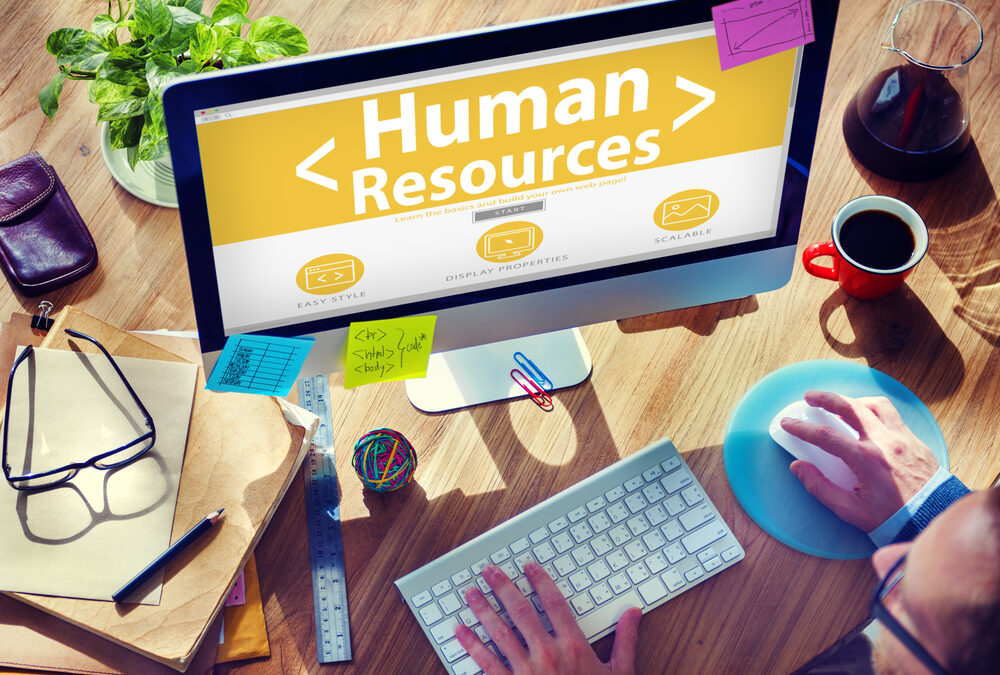Whether you’re new to using a small business employee management system or it’s already a familiar necessity, any human resources team can benefit from periodically evaluating the following considerations and strategy.
More importantly, make sure proper steps are in place so you’re only paying for what you need. Be sure to read your contract so you know how long you’re committed for. Meet 6 – 12 months out to discuss the workforce management system’s platform utilization. Going forward, getting products that don’t fit your needs or don’t integrate well should be turned off and removed.
It can be overwhelming at first to choose from all the online tools out there. Your small business might not need everything at once — so don’t purchase everything at once. Because of this, it’s important to figure out what areas of your human resources and payroll processes need help or streamlining. Only then should you find the solutions that suit them. Know what you really need and understand the costs before adopting any new technology.
Procedure and Process: Small Business Employee Management System
How do you recruit, hire, onboard, do open enrollment, and terminate? What’s the documentation on these processes? Auditing your processes can help you set up new software more efficiently. It can also reveal inefficiencies, gaps, and liabilities.
These items are usually considered in the most effective processes with respect to one’s small business employee management system:
- Keeping in touch. Is it easy to communicate your processes? Office envelopes get shuffled around a lot, don’t they? When it comes to personal information, how do you make sure it doesn’t get left on desks — including open on-screen emails? What happens if there are changes?
- Getting timing right. Is it someone who starts a process or something outside of that individual? Who, or what, wraps things up? Who’s the main stakeholder when the process is completed and finished? Unless the individual is fully connected and dialed-in, how does that person share feedback?
- Keeping track. Are your processes documented? What does the information-trail look like? Is it paper or digital? Would your approach to tracking things meet the requirements for identity documentation submissions and Equal Employment Opportunity Commission reports if those areas were audited?
- People who matter. Do you know who those people are? It’s everyone. Managers, employees, department heads, and other types of company leadership are all there. Think about who has taken ownership of each process and who’s ultimately accountable. Build new workflows or change existing ones by consulting those people directly responsible for their success.
Reporting, Organization, and Your Small Business Employee Management System
Can you show an updated and complete company organization chart at any given moment? What’s the process for maintaining it? If it’s updated, how will you know?
Implementing small-business human resources software often requires setting up approvals and alerts using that org chart. A current, updated chart will help both current and new employees figure out where they fit within an organization, where to find information and/or approvals, who your subject matter experts are, how information flows through the company, and a bunch of other essentials.
Business processes aren’t usually included in an organization chart, but the visual makes learning them easier. A fine-tuned and tested small business employee management system can oftentimes make all the difference in this endeavor.
Education, Professional Development, and Training
What kind of people, characters, personalities, and workers will use your small business employee management system? Maybe you’ll be the primary administrator in a small department or a one-person human resources department — so you don’t need to train others. Be sure to ask your vendor what resources it can provide if you plan to add other members to your human resources team, or if you’re planning to hire end-users.
Is it any good if you can’t use your new solution? Incorporate a training plan into your implementation schedule. Don’t wait until the last minute.
The Big Decision: Turning Ownership Over to Employees
There are multiple chances for data errors in manual processes since employees transfer data to human resources managers and external vendors. What controls do you have in place to verify accuracy and consistency across employee data, even if you don’t have a small business employee management system to help you manage it?
Choosing to implement an employee self-service option with a human resources information system partner will require you to decide what kind of access to grant. The idea of letting employees update certain fields themselves, such as addresses and other information, might seem straightforward. But you’ll need to think about how those changes will affect downstream processes. You’ll need to include an alert or approval step for yourself (or your team) to look at how that simple address change could impact the employee’s taxes or other human resource processes.
Information Sources, Data Needs, and More
Do you have the basics (social security number, contact info, etc.) about your employees if you’re coming from a mostly paper background? Is your data scattered? What’s the best way to reconcile these different sources? The type of small business employee management system you subscribe to is key.
Considering how complex, deep, and impactful benefits data is, this one area can be a great place to start. Reviewing your employees’ benefits data means looking at the employee demographics, the spouse or dependents, the benefits eligibility and elections, how that employee’s benefits work, how you track Affordable Care Act or other health care data, and a bunch of other things you’ll need to examine to do a successful and timely implementation.
You should talk to your employee benefits broker if you don’t have the benefits information you need, especially about how rates are calculated, benefits tiers, and more. Knowing how long it might take to get various types of data and how it might affect your implementation timeline is important.
Is your data mostly or completely accurate so the report can be run (or manually created) if you need a report sooner rather than later? Data also includes your output and reporting needs, so all of this should be considered.
Evaluate HR Programs in Conjunction with Software
On a final note, it’s always good to periodically evaluate your human resources programs in conjunction with your small business employee management system. It will force you to go back and make sure what you’re focusing on aligns with your top-level strategy.
After all, in order to stay competitive, small businesses need to leverage modern recruitment technologies. It’s easy for workforce managers to do their jobs with the right tools. Is what you’re working on addressing a particular need? If you’re evaluating the success of your human resources software implementation, make sure you’re still on the path to solving the problem the software is supposed to solve.
Human resources can’t be replaced by technology. Yet, on the other hand, technology can empower your team to work faster and more efficiently.
VCS Software is your all-in-one small business employee management system, whether your business, company, or public agency or department is large, medium, or small. VCS Software provides the right solutions within human resources — and so much more.




